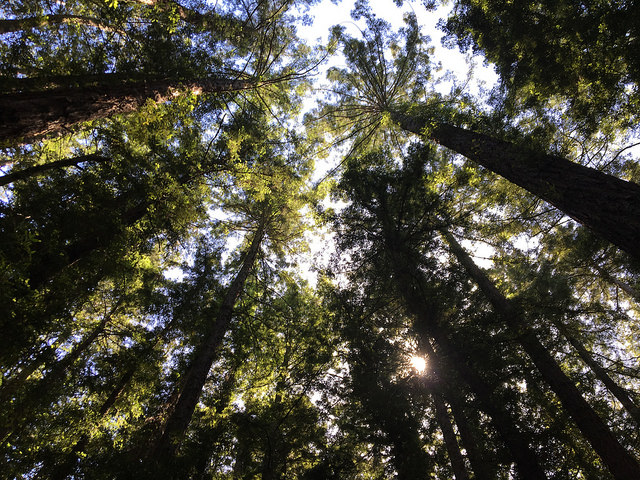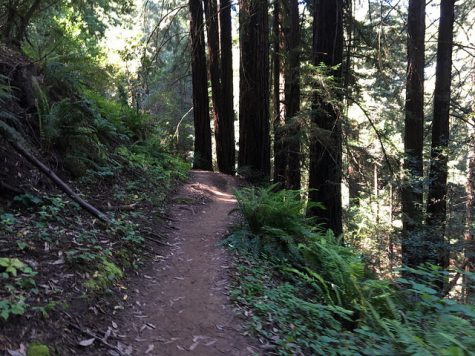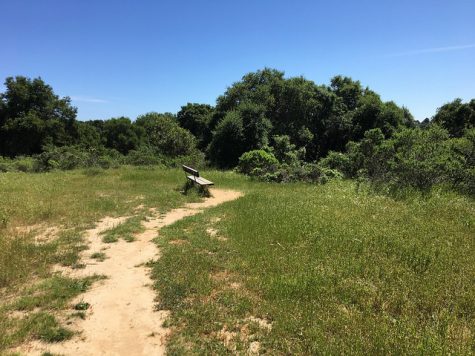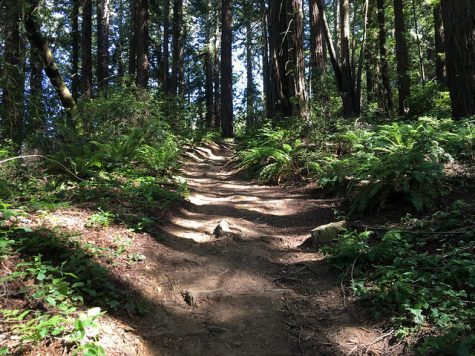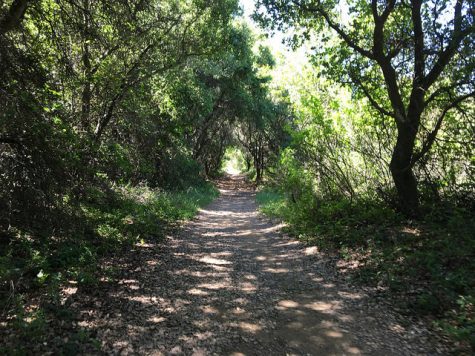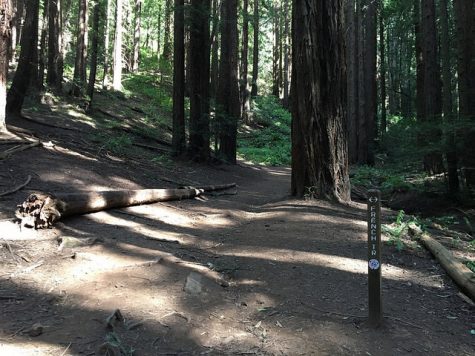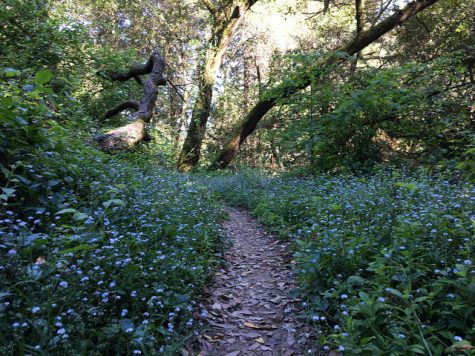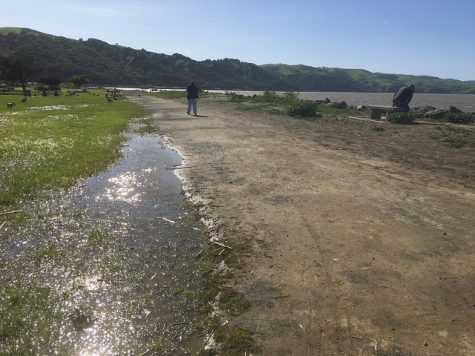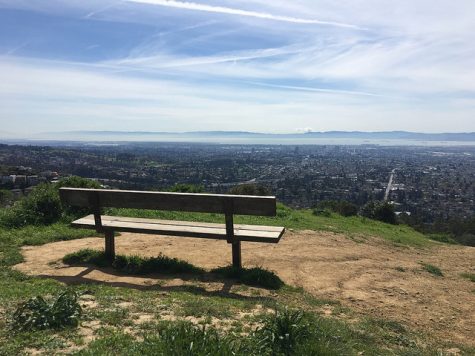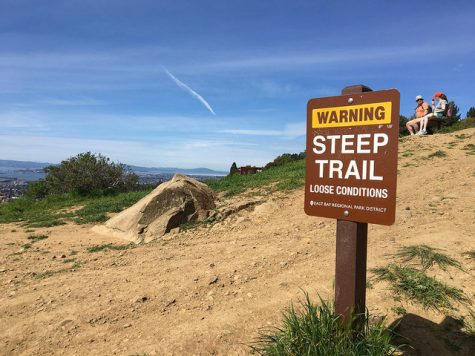Trails Challenge series: Redwood Regional Park is a sensory delight
Redwood Regional Park is a gem of the East Bay.
May 17, 2017
It’s impossible to capture the beauty of a redwood forest, because the experience is so sensory. From the deep contrast of colors to the soft bark of the trees and the stillness of their branches, redwood forests are a defining feature of northern California. People come from the ends of the Earth to see these towering giants, and we’d be doing ourselves a disservice to take them for granted.
Luckily, its easy to witness their majesty thanks to the accessibility of Redwood Regional Park, an 1,800 acre gem of the East Bay Regional Park District. The fact that such an expansive redwood forest exists (relatively) untouched less than 10 miles from downtown Oakland (approximately 15 miles from DVC) is incredible, and reflects the fusion of the urban and natural worlds that defines the Bay Area.
The park hasn’t always existed free from the hands of humans, however. Two periods of heavy logging – during the original American settlement of the Bay Area in the mid-1800s, and again in the period following the destruction of the 1906 earthquake – decimated the original forest and left a sea of stumps in their wake. Today, the protected parkland is thriving and a third generation of redwoods cast shade on its extensive web of trails.
My series detailing select trails of the Park District’s 2017 Trails Challenge led me to a part of Redwood Regional Park that I hadn’t been before. Departing from Big Bear Staging Area in the southern part of the park, I worried that the hike would spend too much time on the West Ridge Trail and not actually lead me down into the forest.
Turns out my fears were unfounded. Around the two mile mark the path descends and intersects with the French Trail, and the next three miles are spent hiking through redwoods.
It’s a long hike at just under eight miles, and easily the most demanding of the four I’ve done so far for this series. Two significant stretches of grueling incline contain most of the hike’s 1,650 foot elevation gain, and will leave even the most experienced hikers winded. It’s somewhat of a funky loop, so you’ll want to study the District’s guide before heading out. Be sure to bring a map along to avoid getting lost at some of the more poorly marked intersections.
The trail is well shaded, and it can be quite cool among the trees. Even a fast walker such as myself took three hours to hike all eight miles, so bring lots of water.
Be sure to stop once in a while and take in your surroundings. The colors of the redwood forest are spectacular: deep red-brown trees contrasted against the brilliant green of ferns and foliage along the forest floor. Overcast days can add an extra layer of magical bliss to the forest when fog settles onto the valley floor and into the space between the trees.
The shade of Redwood Regional Park provides welcome respite during the hot summer months, but the park plays host to an extraordinary phenomenon when winter rolls around. Thousands of hippodamia convergens – migratory ladybugs – group together into clusters along the floor of the valley to hibernate from October through February. They’re barely noticeable from a glance, packed so close together to appear as a single unit, but take a closer look and you’ll start to notice them absolutely everywhere along certain sections of the Stream Trail. These slowly shifting clusters of ladybugs gather on the ground, on trees, hanging off ferns and bushes. It’s a fascinating sight that’s unique to Redwood Regional Park, and just one of many reasons to prioritize it for winter hikes.
The highest section of the loop, at Redwood Peak, is within a stones throw from Chabot Space and Science Center, an Oakland staple which offers exhibits, shows and camps throughout the year. There are lawns and recreational activities (including a pool) located in the adjacent Roberts Regional Recreation Area.
Redwood Regional Park holds a place close to my heart. It’s a magnificent example of the diversity of our public parks.
The Park District’s website updates frequently with information about trail closures. As of May 2017 sections of the East Ridge and Phillips Loop trails are closed indefinitely.
Keep an eye out for the next part of the Inquirer’s Trails Challenge series on www.dvcinquirer.com. Previous parts can be found here:
Claremont Canyon Regional Preserve
Kennedy Grove Regional Recreation Area





































































